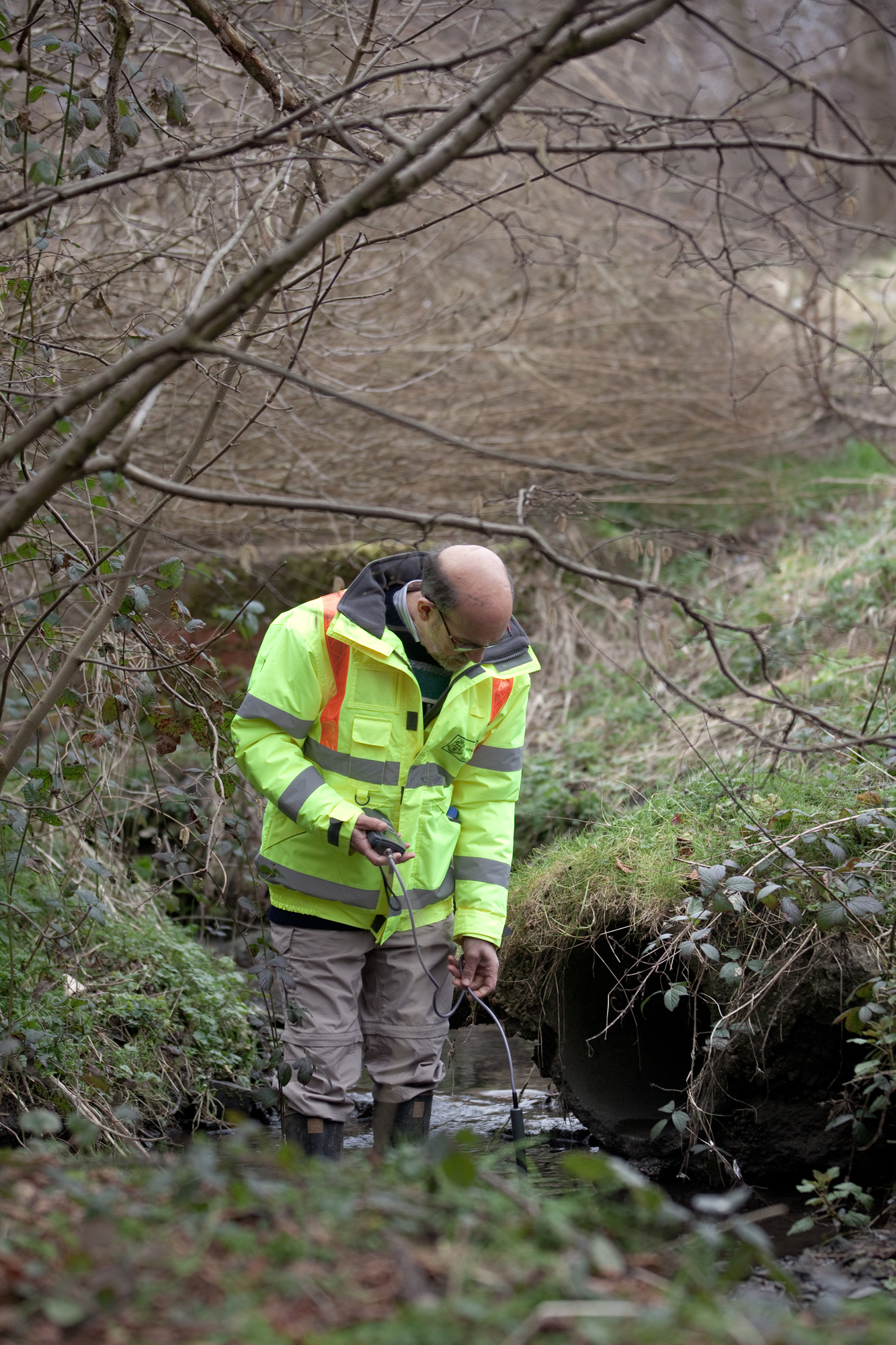Tampons Can Screen for Leaking Sewage

Ordinary tampons can detect sewage pollution, a new study shows.
Testing for sewer pollution from leaky pipes or illegal drains can be expensive and time-consuming. For example, in 2007, contractors repeatedly poured dye down the toilets at Milwaukee's Miller Park stadium to track down one misconnected pipe. But deploying tampons in streams and stormwater systems offers several advantages over these traditional methods, the research suggests.
"It's cheap, it's easy and it does the detective work," said study co-author David Lerner, a professor of environmental engineering at the University of Sheffield in the United Kingdom.
The findings are published today (March 30) in the Water and Environment Journal.
Finding sewer scofflaws usually means doing the tedious work of narrowing down the source of the pollution through dye tests, video camera inspections or repeated water sampling. Some people have even trained dogs to sniff out human waste. [In Photos: World's Most Polluted Places]
But study author Dave Chandler, the Sheffield graduate student who came up with the tampon test, needed a cheap way to monitor stream pollution, Lerner said. Chandler is studying how pollution impacts diatoms, a type of algae.
Chandler realized that tampons could absorb optical brighteners, which are additives in laundry detergent, toothpaste and other cleaners that make colors and whites seem cleaner and brighter.
Sign up for the Live Science daily newsletter now
Get the world’s most fascinating discoveries delivered straight to your inbox.
"Tampons are about the only kind of cotton you can get cheaply that have no optical brighteners," Lerner told Live Science. These chemicals have no natural source, and are a hallmark of wastewater discharge. Scientists use optical brighteners as a quick way to detect the presence of sewage pollution because they glow in ultraviolet light. (This is why your clothes and teeth glow under UV lights in nightclubs.)
Chandler has shown tampons pick up even very small amounts of optical brighteners. The team's only hurdle was that people sometimes interfered and removed or threw away the tampons at test sites. "We just tried to hide them better," Lerner said.
Sewer sleuths
The technique was tested in 16 surface water sewers in Sheffield that drain into streams and rivers. Chandler suspended the tampons for three days in the sewers and then tested the tampons under UV light. Nine of the tampons glowed, confirming the presence of optical brighteners — and therefore human sewage pollution.
With help from the Yorkshire Water utility, the researchers tracked the contaminated pipe network manhole by manhole, dipping a tampon in at each manhole to narrow down the source. On one street, they found a house where a sink and soil stack (the soil vent pipe) were visibly connected to the wrong sewer pipe, the researchers said.
"Often the only way to be sure a house is misconnected is through a dye test," Lerner said. "It's clearly impractical for water companies to do this for all the households they supply, but by working back from where pollution is identified and narrowing it down to a particular section of the network, the final step of identifying the source then becomes feasible." [Tiny & Nasty: Images of Things That Make Us Sick]
In most U.S. cities, sewer networks are completely separate from storm water systems, according to the Environmental Protection Agency. The sewer pipes carry effluent to treatment plants, and the storm water drains and pipes funnel surface runoff to waterways such as streams, lakes and the ocean. If sewer pipes are misconnected to the storm water system, raw human sewage feeds directly into waterways where people swim, fish and drink. Sewage pollutants carry diseases such as norovirus and can alter the ecosystems in rivers and streams.
The tampon testing method needs to be validated with more thorough studies, but it holds promise for pinpointing the streets and neighborhoods where sewage leaks into waterways, said Sandra McLellan, an environmental microbiologist at the University of Wisconsin-Milwaukee, who was not involved in the study.
"The enormity of what needs to be screened is what makes me excited about this test," McLellan said. "Because it is a low-cost test, it's not hard to do those kind of [validation] studies."
Yes, try this at home
With tampons, anyone can try this experiment at home, Lerner said. He plans to lead a citizen science project in the town of Bradford, England, to sample the waterways along the Bradford Beck river system. "I'm quite excited by this because I think it's going to be a really efficient way of doing this," Lerner said.
To test for optical brighteners in water, be sure to use a scientific control as a reference point, Lerner warned. For example, save back a dry tampon to look at.
Other than tampons, the only other necessities are an inexpensive UV light, like those sold to detect pet urine on carpets, and a completely dark room or black box. Lerner also said they used ordinary tampons, and you do not need to invest in organic or "natural" tampons.
In laboratory tests for the study, the researchers detected optical brighteners in a tampon dipped for just five seconds into a solution containing 0.01 milliliters of detergent per liter of water. That's more than 300 times weaker than would be expected in a surface water pipe, the researchers said.
Follow Becky Oskin @beckyoskin. Follow Live Science @livescience, Facebook & Google+. Originally published on Live Science.










